Funding
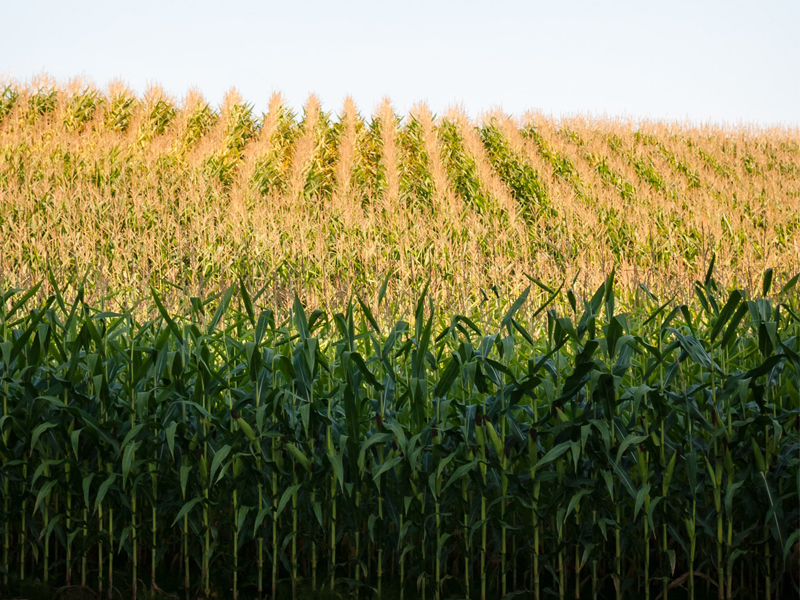
President Biden’s American Jobs Plan brought infrastructure discussions to the forefront and ASA, CSSA, and SSSA are working with both Congress and the administration to highlight the infrastructure needs of the agriculture research community.

Over the past several weeks, both the House and Senate approved bipartisan legislation that would significantly grow the NSF budget - now they just need to reconcile the differences between the two bills. After a weeks-long debate, the Senate passed the U.S. Innovation and Competition Act.
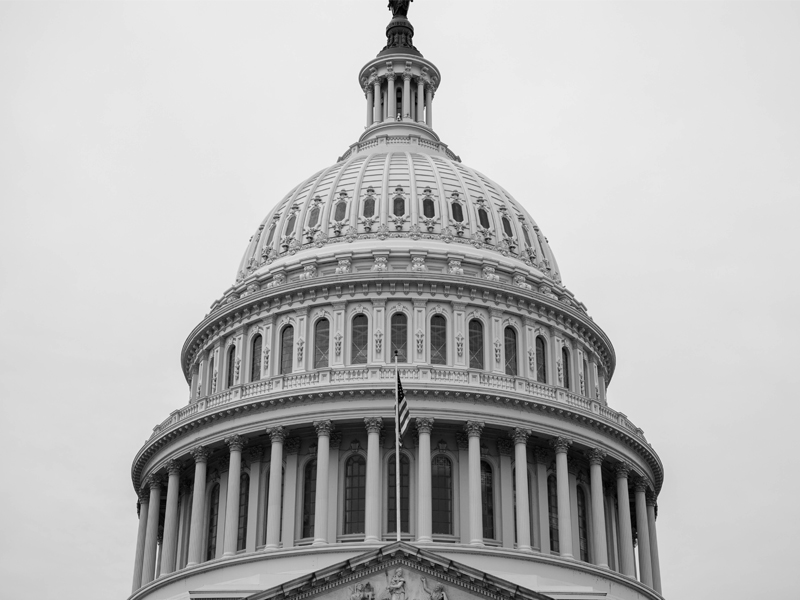
President Biden asked Congress to give big budget increases to most federal science agencies in his first budget request. The $6 trillion request includes a 9% increase, or $13.5 billion, in total federal spending on R&D, bringing the total to $171 billion.
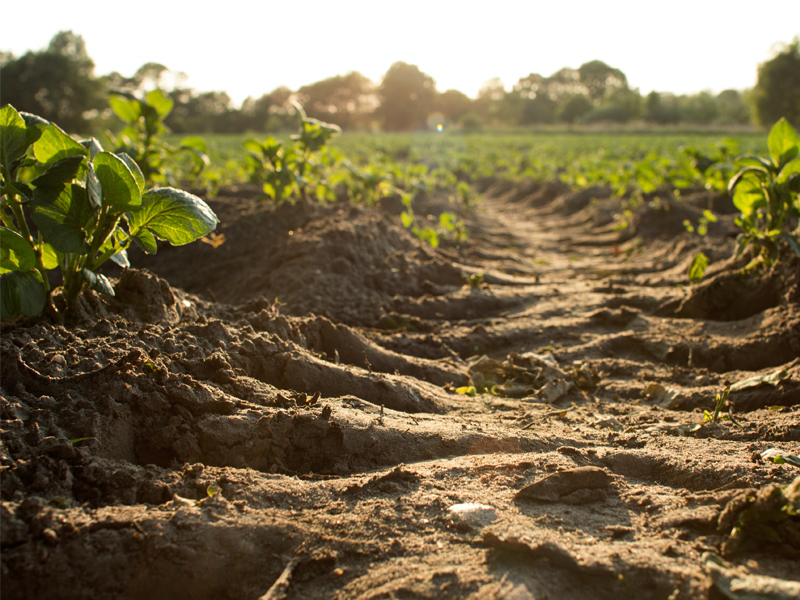
Senators Dick Durbin (D, IL) and Jerry Moran (R, KS), reintroduced legislation that would require a five percent annual funding increase each year for the next ten years for research activities at the U.S. Department of Agriculture (USDA). With federal agriculture research investments on the decline, the America Grows Act would restore the United States’ commitment to publicly funded agriculture research at USDA.

The Agriculture Advanced Research and Development Authority (AgARDA) is a pilot project created in the 2018 Farm Bill for a USDA-based “Advanced Research Projects Agency” like DARPA or ARPA-E but for agriculture research. The program is authorized at $50 million, but has not yet received funding through the annual Congressional funding process. ASA, CSSA, and SSSA enlisted a group of experts to develop an AgARDA Roadmap that could be used by USDA as a guide for how the program should be set up.
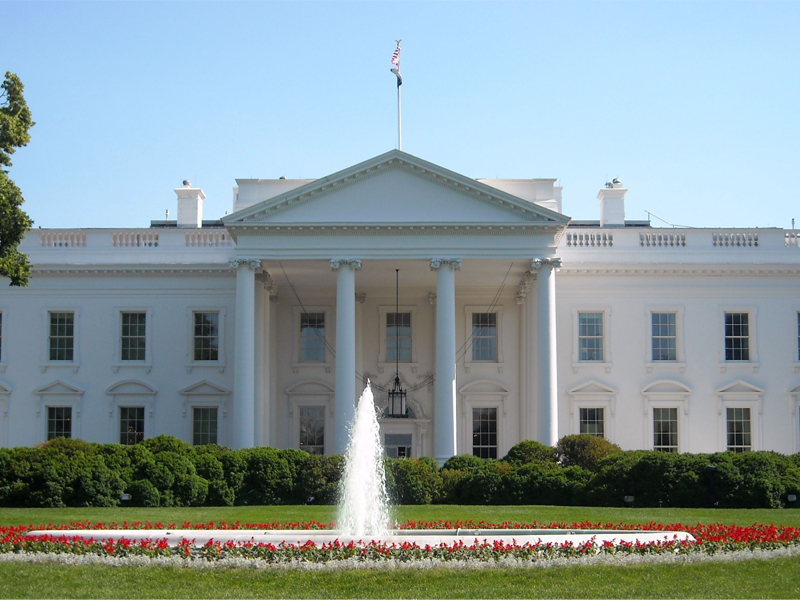
As is customary for a new administration, President Biden first released a “skinny budget,” providing an outline of the administration’s spending priorities for FY2022. Biden’s budget proposal calls for a 16% increase in non-defense spending and includes major increases for many federal research agencies.

President Biden unveiled a $2.5 trillion jobs plan focused on infrastructure and the climate. In the American Jobs Plan, Biden aims to tackle some of the nation’s most pressing problems — from climate change to decaying water systems to the nation’s crumbling infrastructure.
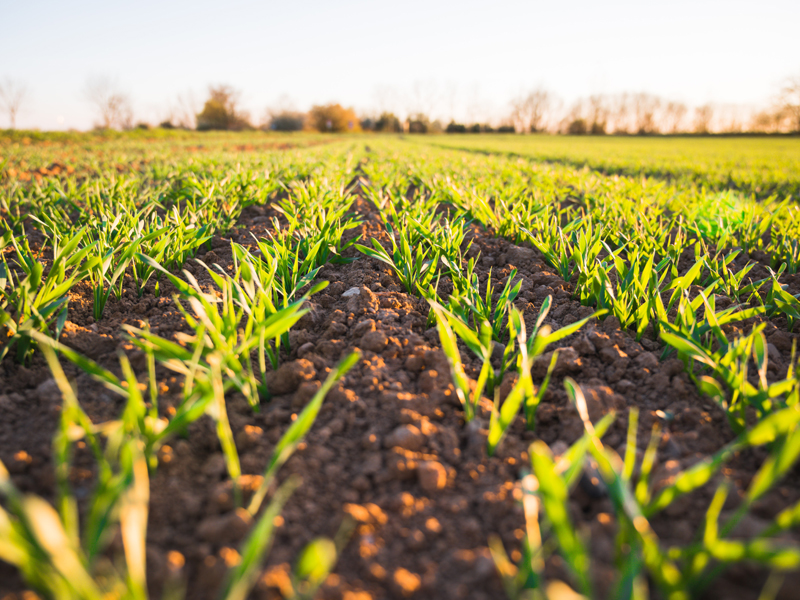
ASA, CSSA, and SSSA has sent a letter to President-elect Joe Biden’s transition team outlining priority areas within USDA for the incoming Biden administration. The letter focused on the need for USDA to address agriculture research through the lens of systems science. It also highlighted the role that agriculture - and the farmers, ranchers, and researchers who support it - can play in addressing climate change through mitigation, adaptation, and management strategies.
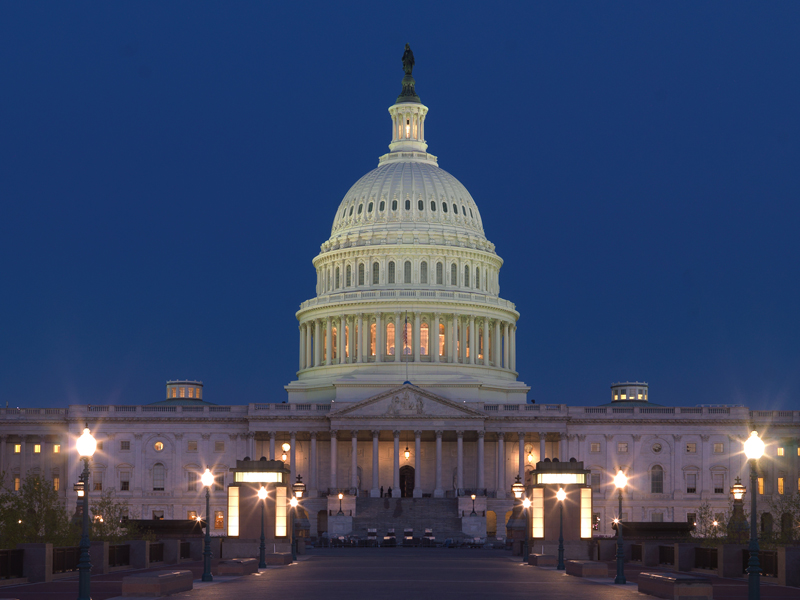
After several tense days of negotiations, Congress and the administration came to an agreement on a short-term funding deal for fiscal year 2021 (FY21). The continuing resolution (CR) will hold government funding steady until December 11. The lame duck Congress will have to make the final funding decisions or punt until the new Congress has been seated. Our prediction is a CR until March 2021.

